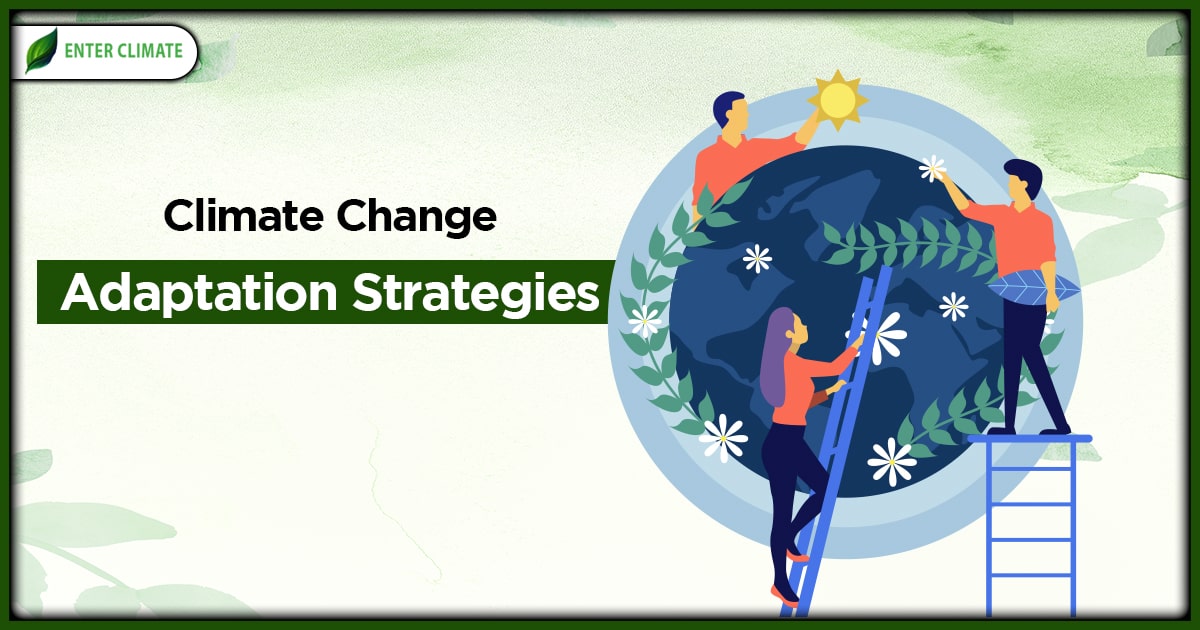Report on India’s Employment Growth and Alignment with Sustainable Development Goals
Executive Summary
This report analyses recent data on India’s labour market, highlighting significant progress in employment creation, workforce participation, and formalisation. The findings indicate substantial advancements toward key Sustainable Development Goals (SDGs), particularly SDG 8 (Decent Work and Economic Growth), SDG 5 (Gender Equality), and SDG 10 (Reduced Inequalities). Between 2017–18 and 2023–24, India added approximately 16.83 crore jobs, coupled with a notable decline in unemployment and a record increase in female labour force participation.
Progress Towards Decent Work and Economic Growth (SDG 8)
Key Labour Market Indicators
India’s labour market has demonstrated sustained improvement, reflecting positive momentum towards achieving SDG 8 targets for full and productive employment.
- Total Employment: Increased from 47.5 crore in 2017–18 to 64.33 crore in 2023–24.
- Unemployment Rate: Declined significantly from 6.0% in 2017–18 to 3.2% in 2023–24.
- Youth Unemployment (15-29 years): Dropped from 17.8% to 10.2% over the same period, falling below the global average.
- Labour Force Participation Rate (LFPR): Rose from 49.8% in 2017–18 to 60.1% in 2023–24 for persons aged 15 and above.
- Worker Population Ratio (WPR): Increased from 46.8% to 58.2% during the same period.
Formalisation of the Economy and Wage Growth
The formalisation of employment and rising wages are critical components of decent work, directly contributing to SDG 8 and SDG 1 (No Poverty).
- Formal Sector Growth: Over 7.73 crore net subscribers have joined the Employees’ Provident Fund Organisation (EPFO) since September 2017, indicating a shift towards formal employment with social security benefits.
- Wage Increases:
- The average daily wage for casual labourers increased from Rs 294 in 2017 to Rs 433 in 2024.
- The average monthly earnings for regular salaried workers rose from Rs 16,538 to Rs 21,103 in the same period.
- Structural Shift: Self-employment rose from 52.2% to 58.4% between 2017–18 and 2023–24, while casual labour declined, suggesting a move towards more independent and entrepreneurial work.
Advancements in Gender Equality and Women’s Economic Empowerment (SDG 5)
Record Increase in Female Workforce Participation
A defining feature of India’s recent labour market evolution is the unprecedented growth in women’s participation, a direct contribution to SDG 5.
- Female LFPR: Increased dramatically from 23.3% in 2017–18 to 41.7% in 2023–24.
- Female WPR: Rose from 22.0% to 40.3% over the same period.
- Formal Employment for Women: 26.9 lakh net female subscribers were added to the EPFO during 2024–25.
Targeted Policies for Women’s Empowerment
Government initiatives have been instrumental in creating an enabling environment for women to join and thrive in the workforce, aligning with SDG 5 and SDG 10.
- Namo Drone Didi: Empowers women’s Self-Help Groups (SHGs) with agricultural drone technology.
- Lakhpati Didi: Aims to create 3 crore SHG members with sustainable annual incomes of over Rs 1 lakh.
- Mission Shakti: Focuses on women’s safety, skill development, and support systems like childcare.
- Financial and Entrepreneurial Support: Schemes like PM Employment Guarantee Programme, SANKALP, and DAY-NRLM provide access to credit, markets, and mentorship for women-led enterprises.
- STEM Promotion: Programmes such as WISE-KIRAN and SERB-POWER encourage women’s participation in science, technology, and research.
Fostering Innovation and Sustainable Industrialisation (SDG 9)
The Role of New-Age Economic Drivers
The growth of startups, the gig economy, and Global Capability Centres (GCCs) is reshaping the employment landscape and driving progress towards SDG 9.
- Startup Ecosystem: As the world’s third-largest ecosystem with 1.9 lakh recognised startups, this sector has created over 17 lakh jobs.
- Gig Economy: The gig workforce is projected to grow to 2.35 crore by 2029–30. Initiatives like the e-Shram portal (with over 31.20 crore registrants) aim to extend social security to these workers, aligning with SDG 8.
- Global Capability Centres (GCCs): India hosts 1,700 GCCs employing over 2 million people in high-skilled roles, integrating the domestic workforce into global value chains.
Strategic Interventions for Inclusive and Sustainable Growth
Government Schemes for Skill Development and Employment
A multi-pronged strategy involving targeted schemes supports job creation and enhances workforce skills, contributing to SDG 4 (Quality Education) and SDG 8.
- Skill India Mission: Provides nationwide skill, re-skill, and up-skill training opportunities.
- MGNREGA: Guarantees rural employment, serving as a crucial social safety net and contributing to SDG 1.
- PM Vishwakarma: Supports traditional artisans and craftspeople, preserving cultural heritage while providing economic opportunities.
- Pradhan Mantri Viksit Bharat Rojgar Yojana: Aims to create up to 4.51 crore jobs with a significant budgetary allocation.
Conclusion: An Integrated Approach to the SDGs
India’s employment trajectory is increasingly shaped by a focus on digital skilling, inclusive labour market policies, and sustainable work practices. The significant gains in job creation, particularly the economic empowerment of women, demonstrate a strong alignment with the 2030 Agenda for Sustainable Development. Continued investment in skill development, formalisation, and support for innovative sectors will be crucial for sustaining this momentum and achieving decent work for all.
Analysis of Sustainable Development Goals in the Article
1. Which SDGs are addressed or connected to the issues highlighted in the article?
-
SDG 8: Decent Work and Economic Growth
This is the primary SDG addressed in the article. The text focuses extensively on India’s economic progress through significant job creation (16.83 crore net additions), a steep decline in the unemployment rate (from 6.0% to 3.2%), rising wages, and the formalization of the economy, all of which are central to achieving decent work and sustainable economic growth.
-
SDG 5: Gender Equality
The article places a strong emphasis on gender equality in the economic sphere. It highlights the “record growth” in women’s participation in the workforce, detailing the substantial increase in the female Labour Force Participation Rate (from 23.3% to 41.7%) and lists numerous government schemes like ‘Namo Drone Didi’ and ‘Lakhpati Didi’ aimed at empowering women workers and entrepreneurs.
-
SDG 1: No Poverty
While not explicitly mentioned, SDG 1 is directly connected to the article’s themes. The creation of millions of jobs, rising average daily wages for casual labourers (from Rs 294 to Rs 433), and employment guarantee schemes like MGNREGA are fundamental mechanisms for lifting people out of poverty and improving living standards.
-
SDG 4: Quality Education
The article connects employment growth to skill development, which is a key component of SDG 4. It mentions government initiatives such as the ‘Skill India Mission’ for up-skilling the workforce and the ‘ITI Upgradation Scheme’ to provide vocational training to youth, thereby enhancing their employability for decent jobs.
-
SDG 10: Reduced Inequalities
The article addresses this goal by highlighting inclusive growth. The focus on empowering women in the workforce, reducing youth unemployment (from 17.8% to 10.2%), and creating opportunities in both rural and urban sectors contributes to reducing economic inequalities within the country.
2. What specific targets under those SDGs can be identified based on the article’s content?
-
Target 8.5: Achieve full and productive employment and decent work for all women and men.
The article directly relates to this target by reporting a net addition of 16.83 crore jobs and a significant increase in the Worker Population Ratio (WPR) from 46.8% to 58.2%. The detailed data on the surge in female employment and rising wages for both salaried and casual workers further supports the progress towards this target.
-
Target 8.6: Substantially reduce the proportion of youth not in employment, education or training.
This target is addressed by the specific data point that “Youth unemployment also dropped from 17.8% to 10.2%”. Additionally, government schemes like the ‘Skill India Mission’ and ‘ITI Upgradation Scheme’ are aimed at skilling youth to facilitate their entry into the workforce.
-
Target 5.5: Ensure women’s full and effective participation and equal opportunities in economic life.
The article provides strong evidence for this target. It highlights that the female Labour Force Participation Rate (LFPR) increased from 23.3% in 2017–18 to 41.7% in 2023–24. The mention of schemes specifically designed to create sustainable employment opportunities for women, such as ‘Lakhpati Didi’ and ‘Namo Drone Didi’, underscores the focus on enhancing women’s economic participation.
-
Target 4.4: Substantially increase the number of youth and adults who have relevant skills, including technical and vocational skills, for employment.
The article identifies this target through its mention of government schemes designed to build a skilled workforce. The ‘Skill India Mission’ is described as offering “skill, re-skill, and up-skill training,” and the ‘ITI Upgradation Scheme’ aims to skill “20 lakh youth over five years,” directly contributing to this target.
3. Are there any indicators mentioned or implied in the article that can be used to measure progress towards the identified targets?
-
Unemployment Rate
This is a key indicator for SDG Target 8.5. The article explicitly states that the overall unemployment rate declined from 6.0% in 2017–18 to 3.2% in 2023–24, providing a clear measure of progress in achieving fuller employment.
-
Youth Unemployment Rate
As an indicator for SDG Target 8.6, the article provides the specific figure that youth unemployment dropped from 17.8% to 10.2%, directly measuring the reduction in the proportion of unemployed youth.
-
Labour Force Participation Rate (LFPR) and Worker Population Ratio (WPR), by sex
These are crucial indicators for SDG Targets 8.5 and 5.5. The article provides detailed data: overall LFPR rose from 49.8% to 60.1%, and female LFPR rose from 23.3% to 41.7%. Similarly, overall WPR increased from 46.8% to 58.2%, and female WPR rose from 22% to 40.3%. These metrics quantify the increasing engagement of the population, especially women, in the workforce.
-
Average hourly earnings of employees, by sex, age, occupation and persons with disabilities
While not providing hourly data, the article offers a proxy for this indicator under SDG Target 8.5 by reporting on wage growth. It states that the “average daily wage for casual labourers… increased from Rs 294… to Rs 433” and “average monthly earnings of regular salaried workers rose from Rs 16,538 to Rs 21,103,” indicating improved earnings for workers.
-
Proportion of informal employment in total employment
The article implies progress on this indicator for SDG Target 8.3 by highlighting the formalization of the economy. It mentions that “over 7.73 crore net subscribers have joined EPFO” since September 2017, which serves as a direct measure of the increase in formal employment.
4. Table of SDGs, Targets, and Indicators
| SDGs | Targets | Indicators |
|---|---|---|
| SDG 8: Decent Work and Economic Growth | 8.5: Achieve full and productive employment and decent work for all women and men. |
|
| 8.6: Substantially reduce the proportion of youth not in employment, education or training. |
|
|
| 8.3: Promote development-oriented policies that support… formalization. |
|
|
| SDG 5: Gender Equality | 5.5: Ensure women’s full and effective participation and equal opportunities in economic life. |
|
| SDG 4: Quality Education | 4.4: Substantially increase the number of youth and adults who have relevant skills… for employment. |
|
| SDG 1: No Poverty | 1.2: Reduce at least by half the proportion of men, women and children of all ages living in poverty. |
|
Source: timesofindia.indiatimes.com







